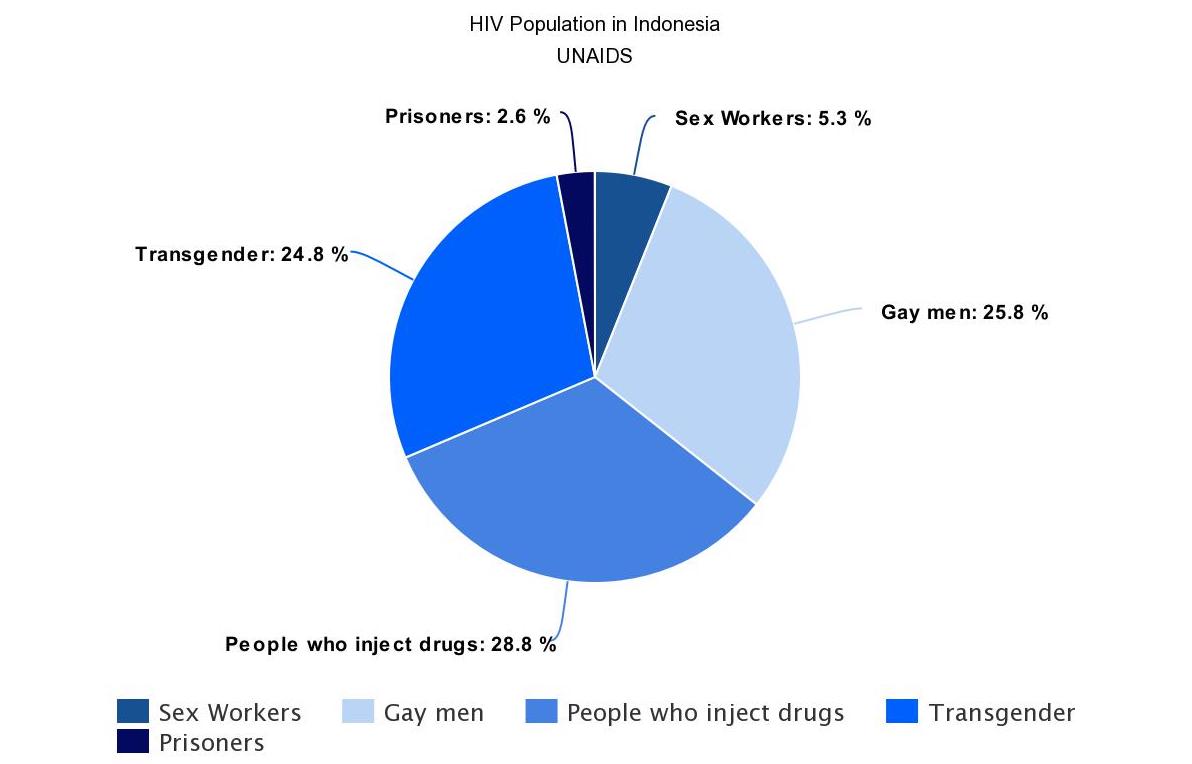After almost 4 decades since its discovery, scientists and medical researchers everywhere have made significant discoveries turning HIV infection from a global plague to a tractable disease. Drugs with little side effects and other treatments are made available for the HIV positive population to live with little to no symptoms of the infection. Today, people with AIDS have the same life expectancy as the average person. With the virus under control, the means and rate of spreading has decreased with time. However, prejudice and serophobia, the fear of people living with HIV and AIDS (PLWHA) remains, marginalizing HIV positive people.Â
PLWHA are often shunned by their peers and family
Carué Contreiras, a Brazilian doctor and a member of the National Network of People Living With HIV/ AIDS told Global Voices¹ that science has evolved, but our attitude towards PLWHA hasn’t changed. He also said that the voices of PLWHA are often neglected in the media, and they are often portrayed as victims of an unfortunate event or as an example to not be followed by society. Because of this, a negative stereotype is often associated with people living with HIV.
HIV positive populations are often rejected and avoided by family, friends, and their community². This social stigma limits their rights, silencing and isolating them which will eventually lead to illness and mental disturbances. UNAIDS also reports that PLWHA living with HIV-related stigma are more than twice as likely to avoid seeking medical care compared to those living without stigma³. The People Living with HIV Stigma Index shows that 20% of PLWHA experience suicidal thoughts in 2016.
The marginalisation of the HIV positive population can theoretically be tackled easily with proper education regarding HIV/AIDS. Thus, the idea of humans being inherently afraid of the unknown and things that differ from them is never a proper justification. However, the roots of serophobia derive from a more complex idea that revolves and interacts with misogyny, transphobia, homophobia, and norms of an area in a certain period of time.
HIV Stigma in Indonesia
Indonesia, a country with rising Islamic conservatism, is one of the places with high levels of stigma towards people living with HIV. A study conducted in University of Illinois at Chicago (UIC) in 2014 found that religious beliefs are one of the main contributors to discrimination towards HIV patients among Indonesian nurses. This stigma is strongest among Muslim nurses in Muslim hospitals, and is also significant among nurses with beliefs in Christianity in Christian hospitalsâ´.

The reason behind such discrimination is because gay men, drug users, and transgender people dominate the demographic of HIV positive population. Homosexuality, drug use, and transgenderism are believed as violation to religious norms, especially among Muslims and Christians. Therefore, HIV stigma is strongest especially in religiously homogeneous areas where certain rules are honoured and followed by each member of the community.Â
Fighting the stigma
Awareness about the disease and how tractable it is can be a solution to mitigate such discrimination, however, it is not enough. The UIC study also proves that an increased awareness regarding HIV knowledge doesn’t automatically diminish stigma. The key to mitigating stigma is by promoting more heterogeneous and diverse communities, workplaces, and educational institutes. The low levels of stigma in workplaces with diversity in cultures and religion draws the conclusion of the studyâ´.
With an increase in diversity, open-minded mindsets also heighten among members of the community. Thus, the key to diminish stigma, not only for the HIV positive demographic but also other minorities, is written in our Garuda plaque all along– Bhineka Tunggal Ika, an old Javanese motto that translates to “Unity in Diversity.”
Disclaimer: the views of the author do not reflect the views of The Development Cafe.
Sources:
¹Carvalho, I. (2017). This Brazilian Doctor Says Science Has Evolved, but Stigma Against HIV Remains. https://globalvoices.org/2017/12/02/this-brazilian-doctor-says-science-has-evolved-but-stigma-against-hiv-remains/
²Stangl, A. L., Lloyd, J. K., Brady, L. M., Holland, C. E., & Baral, S. (2013). A systematic review of interventions to reduce HIV-related stigma and discrimination from 2002 to 2013: how far have we come?. Journal of the International AIDS Society, 16(3 Suppl 2), 18734. https://doi.org/10.7448/IAS.16.3.18734
³Katz, I. T., Ryu, A. E., Onuegbu, A. G., Psaros, C., Weiser, S. D., Bangsberg, D. R., & Tsai, A. C. (2013). Impact of HIV-related stigma on treatment adherence: systematic review and meta-synthesis. Journal of the International AIDS Society, 16(3 Suppl 2), 18640. https://doi.org/10.7448/IAS.16.3.18640
â´Waluyo, A., Culbert, G. J., Levy, J., & Norr, K. F. (2015). Understanding HIV-related stigma among Indonesian nurses. The Journal of the Association of Nurses in AIDS Care : JANAC, 26(1), 69–80. https://doi.org/10.1016/j.jana.2014.03.001

